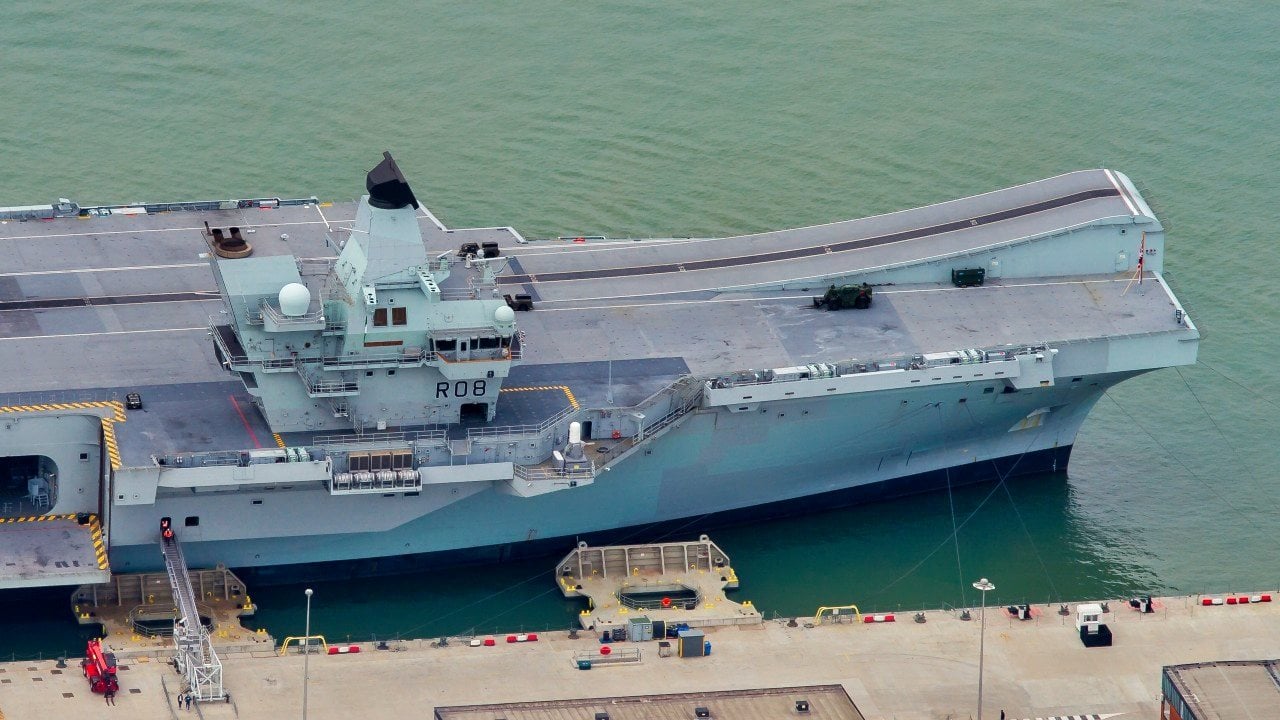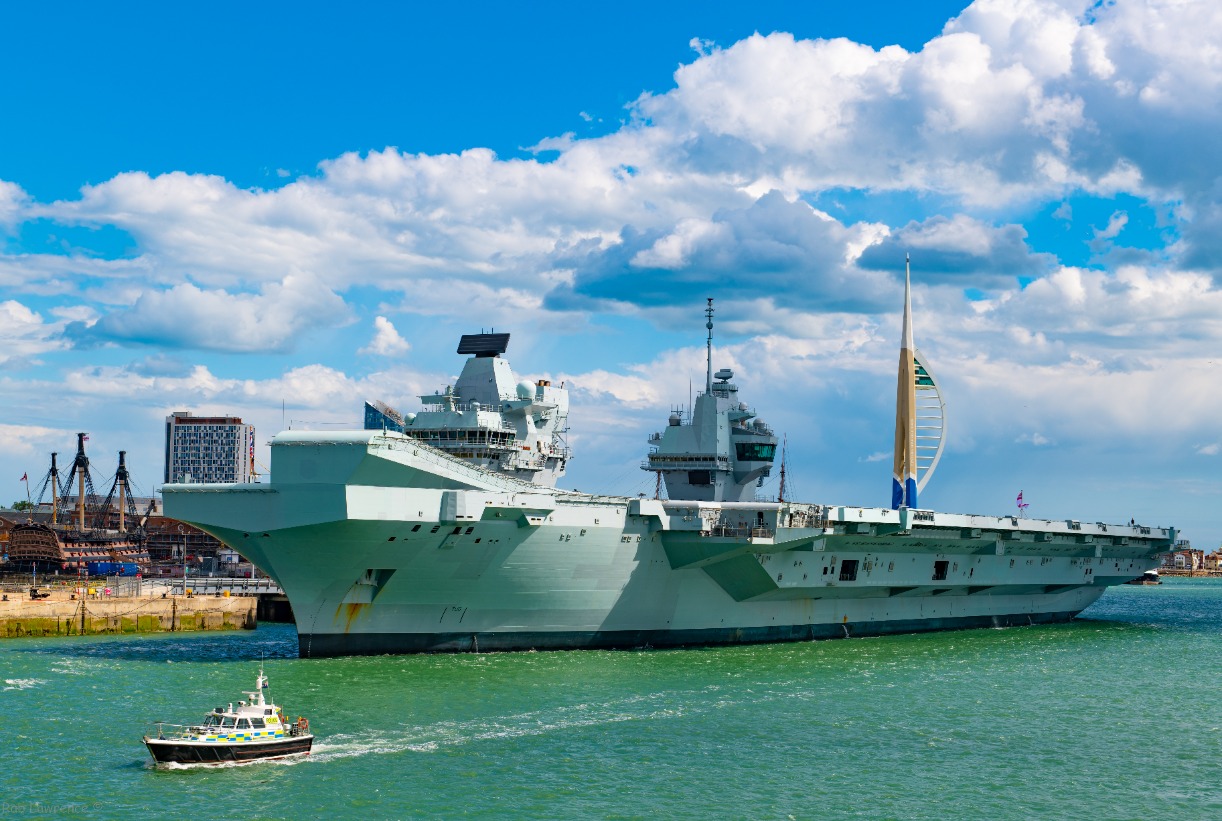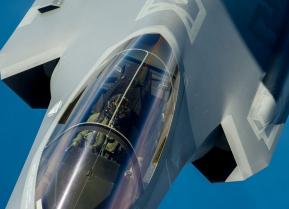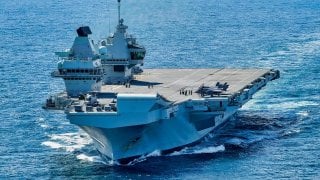Royal Navy Aircraft Carrier HMS Queen Elizabeth Is Making a Comeback
HMS Queen Elizabeth, the UK's flagship aircraft carrier, will soon return to service after five months of repairs in Rosyth, Scotland. Damaged by "wear and tear," the carrier missed leading NATO's Steadfast Defender exercise earlier this year.
Summary and Key Points: HMS Queen Elizabeth, the UK's flagship aircraft carrier, will soon return to service after five months of repairs in Rosyth, Scotland. Damaged by "wear and tear," the carrier missed leading NATO's Steadfast Defender exercise earlier this year.

-Scheduled to leave by July 24, weather permitting, this return is ahead of initial repair forecasts.
-Following former Prime Minister Rishi Sunak's announcement, HMS Queen Elizabeth may head to the Indo-Pacific in 2024.
-Despite costing £7 billion, the Royal Navy faces challenges operating and defending the carriers independently, relying on support from foreign navies and limited logistic ships.
Aircraft Carrier HMS Queen Elizabeth to Rejoin Royal Navy After Extensive Repairs
In February, the UK suffered a humiliating blow when the Royal Navy’s flagship, HMS Queen Elizabeth, was unable to lead Steadfast Defender, the largest NATO naval exercise since the end of the Cold War. The aircraft carrier has spent the last five months in Rosyth, Scotland, undergoing repairs to her propeller. According to reports on Tuesday, HMS Queen Elizabeth is expected to leave the facility by July 24 and return to active service.
The UK Defence Journal reported, "Temporary flight restrictions have been announced over the Firth of Forth near Edinburgh. These measures are being implemented to ensure the security and safety of the event, it is understood."
The timing of the 65,000-ton warship's departure now depends on the weather and tidal windows, but it is actually a bit ahead of schedule. Royal Navy officials previously suggested repairs could continue throughout the summer, and there was speculation the carrier would be sidelined until at least early autumn. The damage to the propeller was cited as being caused by "wear and tear" and it impacted the carrier more than two years after her CSG21 globetrotting deployment to the Indo-Pacific in 2021.
Her sister carrier, HMS Prince of Wales, was sidelined for several months after the warship broke down off the Isle of Wight in August 2022 while preparing to head to the United States. HMS Queen Elizabeth took part in that deployment, and HMS Prince of Wales was rushed into action for the NATO exercises this year.
It was reported in May that HMS Queen Elizabeth could return to the Indo-Pacific next year. The announcement was made during former British Prime Minister Rishi Sunak's state visit to Japan. Sunak at the time proclaimed the HMS Queen Elizabeth carrier strike group would "work alongside Japan's Self-Defense Forces and other regional partners to help defend peace and stability in the Indo-Pacific."
Some in the British government have questioned the capabilities of the carriers, which were approved in 2007 by then-Prime Minister Gordon Brown. HMS Queen Elizabeth and HMS Prince of Wales cost a combined £7 billion, and at one point HMS Prince of Wales was almost canceled and scrapped before it even set sail due to concerns over funding. However, it was determined that axing the carrier would be more expensive than completing it.

At issue now is that the Royal Navy remains unable to adequately defend or operate the vessels independently and requires support from foreign navies. Moreover, the UK's senior service has just one solid stores ship, RFA Fort Victoria, to support the carriers, and she is due to be retired in 2028.
Author Experience and Expertise: Peter Suciu
Peter Suciu is a Michigan-based writer. He has contributed to more than four dozen magazines, newspapers, and websites with over 3,200 published pieces over a twenty-year career in journalism. He regularly writes about military hardware, firearms history, cybersecurity, politics, and international affairs. Peter is also a Contributing Writer for Forbes and Clearance Jobs. You can follow him on Twitter: @PeterSuciu. You can email the author: [email protected].
All images are Creative Commons and/or Shutterstock.


